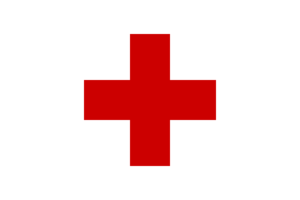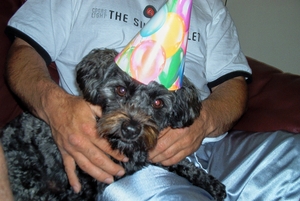The Danger of Absent Lung Sounds
Health care providers know that the most important sounds, other than those of a heartbeat, are the sounds of air passing in and out through a patient’s lungs. Whenever lung sounds cannot be heard, a life-threatening condition has occurred. Respiratory distress, respiratory arrest, or a collapsed lung could be at fault. Abnormal lung sounds might be heard with or without a stethoscope, but the worst sounding lungs are better than silent ones.
Wheezes, Crackles, Rhonchi and Stridor
Abnormal lung sounds include: wheezes, crackles, rhonchi, and stridor. Wheezes are high-pitched noises that are very frightening to some people when they hear them for the first time. They are most commonly produced when a patient exhales, particularly if he is having an asthma attack. Wheezing can be quite loud, not requiring a stethoscope to be heard. These abnormal lung sounds might also be heard in people with emphysema and chronic bronchitis.
If a crackling or bubbling sound is heard when someone inhales, it is called crackles. The sound is produced by fluid in the alveoli or when closed alveoli open. Alveoli are microscopic sacs in the lungs where gas exchange with the bloodstream takes place. Rhonchi are lung sounds that are much lower in pitch compared to wheezing. They are said to resemble snoring and are produced by secretions in the wider airways which might be seen in cases of bronchitis, pneumonia and if foreign materials are aspirated into the lungs.
Stridor, like wheezing, is also a high pitched sound heard during inhalation. It’s one of the abnormal lung sounds indicating a partial obstruction of the windpipe or voice box. If you are a student in nursing, emergency medicine or some other branch of health care, you might want to take every opportunity you can to practice developing an ear for abnormal lung sounds. While there are recordings available on the Internet and for training purposes, nothing compares to listening to the lungs of a real patient or of a make-believe patient.
Practicing the Interpretation of Abnormal Lung Sounds
You’ll want to be sure to listen to the lungs in several areas because some sounds may be heard only in the lower lobes of the lungs while others are heard throughout the organs. Wheezing produced during an asthma attack would be an example of the abnormal lung sounds heard throughout one or both of the organs.
There are actually ten different areas you can place your stethoscope to listen to lung sounds. You’ll want to listen in the mid section about 2 inches under each clavicle (collar bone), and at the base of each lung as well by sliding the stethoscope down below the nipple area of each breast. Listen over each side of the upper back and then at the base of the lungs from the back side by sliding the stethoscope down. Finally, listen just about two inches down from each armpit to make sure you listen to every part of the lungs. Asking your patient to breath deeply shouldn’t be necessary as abnormal lung sounds are much louder than normal ones anyway.
Source:
NREMT certified, state licensed EMT with local fire department



